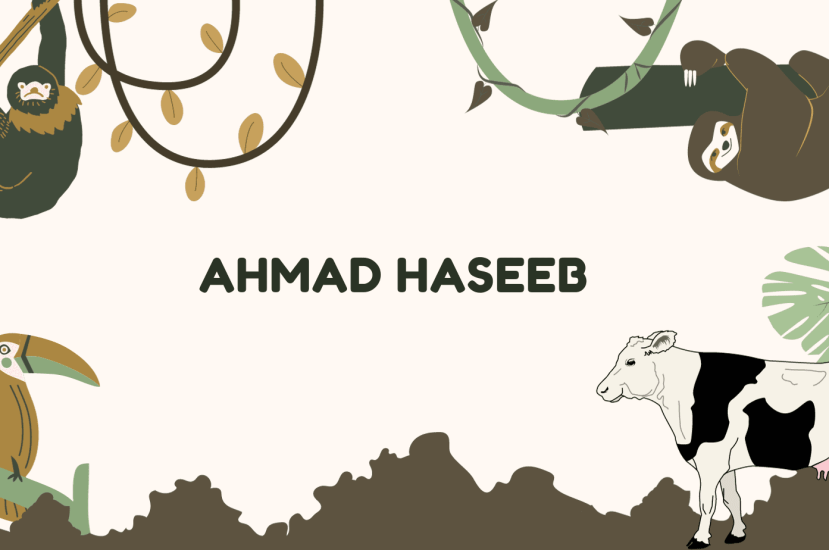Introduction
The Holy Quran, the sacred scripture of Islam, is not only a guide for spiritual and moral life but also contains a wealth of knowledge about the natural world. Within its verses, numerous references to animals can be found, each carrying profound lessons and insights. These mentions of animals serve as more than mere descriptions; they convey wisdom, symbolism, and guidance for believers. In this article, we will explore some of the animals mentioned in the Holy Quran and the lessons they impart.
The Camel (Al-Jamal)
One of the most frequently mentioned animals in the Quran is the camel. Camels were of immense importance in the Arabian Peninsula, providing transportation, food, and sustenance for the people of the region. In the Quran, camels are often cited as a sign of God’s creation, emphasizing His power and wisdom. One notable mention is the story of the she-camel of Prophet Saleh, which symbolized God’s mercy and the consequences of rejecting His guidance.
Lesson: The camel represents the blessings of God and the importance of gratitude for His provisions.
The Bee (An-Nahl)
In Surah An-Nahl (The Bee), bees are mentioned as a remarkable creation of God. The Quran highlights the bees’ ability to produce honey, a healing and nutritious substance. This verse also draws attention to the organized and cooperative nature of bees, serving as a lesson in unity and teamwork.
Lesson: Bees teach us about the importance of cooperation and the benefits of working together for a common goal.
The Ant (An-Naml)
Surah An-Naml (The Ant) tells the story of an ant warning its fellow ants of the approaching army of Solomon. This account illustrates that God has granted wisdom and communication abilities to even the tiniest creatures. It reminds believers to appreciate the diversity and wisdom present in all of God’s creations.
Lesson: The ant teaches us to value wisdom, teamwork, and the significance of even the smallest beings in God’s creation.
The Spider (Al-Ankabut)
The Quran uses the example of the spider’s web as a metaphor for the fragility of worldly desires and pursuits. Just as a spider’s web can be easily destroyed, the material world is fleeting and temporary. Believers are encouraged to focus on the eternal and spiritual aspects of life.
Lesson: The spider reminds us to prioritize the eternal over the temporary and to seek lasting spiritual fulfillment.
The Cow (Al-Baqara)
Surah Al-Baqara (The Cow) contains an extensive account of the cow and its significance in the context of religious rituals. The story emphasizes the importance of obedience and submission to God’s commands. It serves as a lesson in following divine guidance without questioning.
Lesson: The cow teaches us about the value of obedience and adherence to God’s commands.
Conclusion
The Holy Quran is replete with references to animals, each with its own unique lessons and symbolism. These mentions serve to deepen believers’ understanding of the natural world and provide moral and spiritual guidance. By reflecting on these verses, Muslims can gain a greater appreciation for God’s creation and the wisdom embedded within it. The animals mentioned in the Quran are not just creatures but conveyors of profound wisdom, reminding us of our responsibilities as stewards of the Earth and guiding us towards a more righteous and harmonious way of life.





Leave a comment